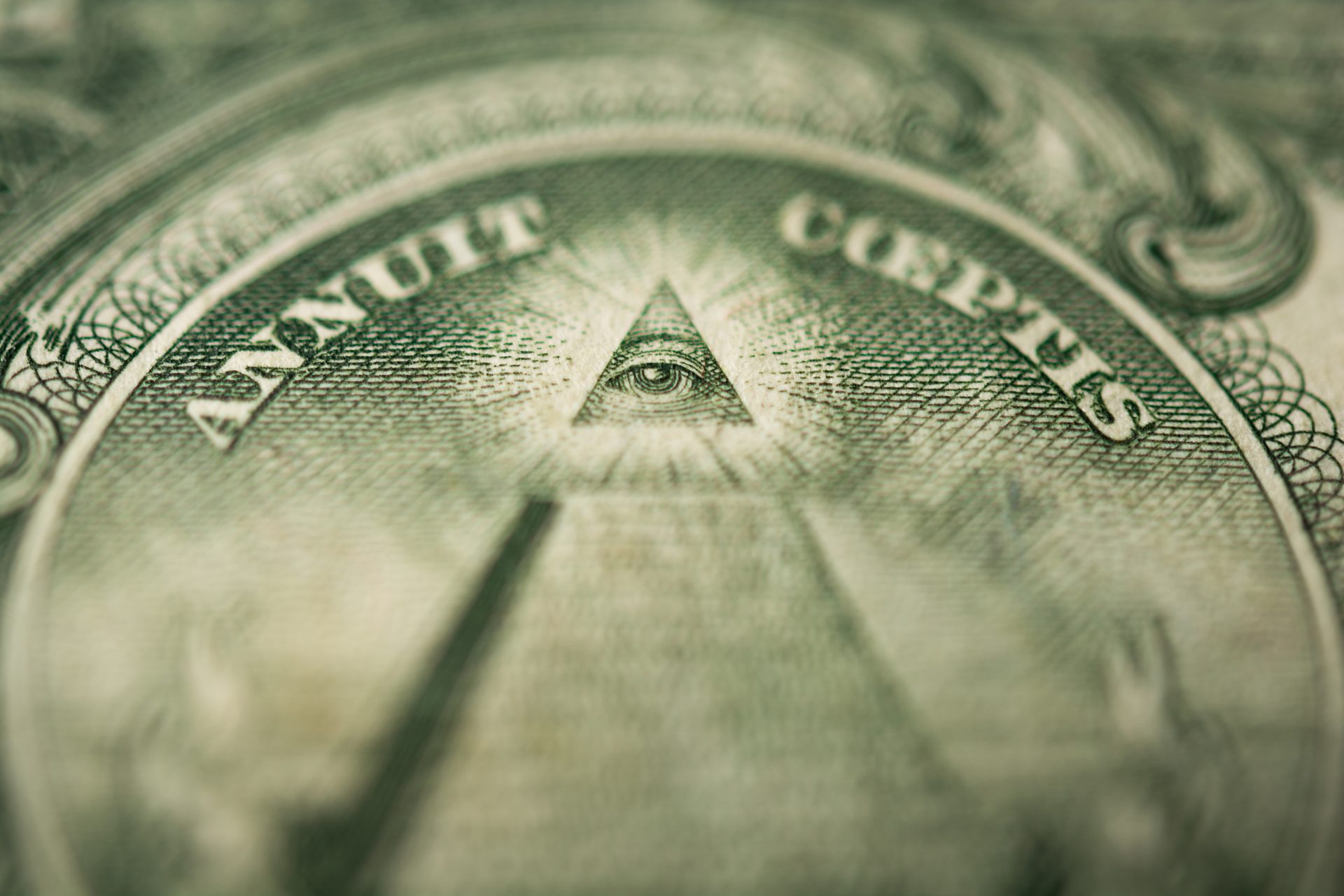Learn the Secrets Behind the Membership Process to Join Freemason Easily
Learn the Secrets Behind the Membership Process to Join Freemason Easily
Blog Article
Checking Out the Mysteries of the copyright: What You Need to Know
The copyright, a term typically shrouded in intrigue and conflict, stands for an intricate tapestry of historic fact and contemporary myth. Established in the late 18th century, this secret society was initially rooted in the Enlightenment's ideals yet has actually considering that become associated with conspiracy theories regarding elite control. As we navigate the beginnings, crucial numbers, and the plain contrast in between misconception and reality, one should think about just how these stories influence contemporary understandings of power and privacy. What may be disclosed through a better examination of these components could challenge long-held assumptions regarding the shadows that remain in our culture.
Beginnings of the copyright
The origins of the copyright are steeped in a blend of historic intrigue and ideological eagerness. Established in 1776 in Ingolstadt, Bavaria, by Adam Weishaupt, the group was at first developed as a secret culture intended at promoting Enlightenment ideals such as reason, secularism, and the separation of church and state. Weishaupt, a teacher of canon regulation, looked for to challenge the prevailing authority of the church and state, which he watched as overbearing organizations suppressing intellectual and individual flexibility.

Trick Figures and Participants
That were the crucial numbers that formed the copyright's early influence and instructions? The Bavarian copyright, established in 1776 by Adam Weishaupt, emerged as a feedback to the oppressive social structures of the moment. Weishaupt, a legislation teacher, visualized the company as a way to promote Knowledge ideals such as reason, secularism, and equality. His first recruitment efforts consisted of significant intellectuals, such as Baron von Knigge, who played an important function in increasing the group's membership and business framework.
Another considerable number was Johann Gottlieb Fichte, a famous thinker whose concepts on nationalism and education resonated with the copyright's objectives. Although Fichte was not a formal member, his philosophical bases affected the team's ideological background. In addition, numbers like the author and theorist Johann Wolfgang von Goethe were linked with the wider intellectual motions of the moment, although their direct involvement with the copyright stays disputed.
These key figures contributed to the copyright's early direction, pressing the borders of political and social idea, while their cumulative efforts intended to challenge well established standards and promote a climate of modern change in Europe.
Myths vs. Reality
Several false impressions border the copyright, typically blending reality with fiction in a method that covers its real nature. The notion that the copyright proceeds to helpful hints put in substantial impact over globe events is a misconception.
One more common myth is that the copyright consists of a network of elite individuals adjusting worldwide events. In truth, several conspiracy concepts exaggerate the team's relevance, attributing misguided intentions to societal fads and events. This has actually led to an oversimplified sight of complex problems.
Furthermore, the representation of the copyright in pop culture typically further distorts its heritage. Films and literature tend to sensationalize the organization's function, developing a narrative that splits from historic facts. Comprehending the difference in between the misconceptions and the reality of the copyright is vital for discerning the genuine effect of this historic team and recognizing the broader ramifications of conspiracy theory theories in contemporary culture.
Modern Analyses
Contemporary interpretations of the copyright frequently show more comprehensive societal stress and anxieties and an attraction with privacy and power. This modern-day lens often associates the copyright with conspiracy theories that suggest a surprise elite orchestrates world events, manipulating governments and economic situations for their very own gain. benefit of joining freemason. Such narratives tap into an ingrained question of authority, particularly in times of situation or social turmoil
In pop culture, the copyright is frequently portrayed as a supreme company shrouded in secret, leading to a myriad of imaginary representations in literary works, movie, and songs. This representation offers not just to entertain however additionally to prompt considered the nature of power and control in modern society. Social media has actually additionally intensified these analyses, permitting for fast dissemination of conspiracy theory theories and developing communities that share and increase upon these concepts.
Additionally, some modern-day interpretations frame the copyright as an allegory for the complexities of globalization and the interconnectedness of prominent people and organizations. This perspective encourages a critical exam of how power characteristics operate in today's world, highlighting the equilibrium in between transparency and privacy in administration and corporate practices.
Social Impact and Heritage
Influenced by centuries of intrigue, the social influence and legacy of the copyright expand much beyond its historic origins. This why not try these out secret society, established in the late 18th century, has permeated various aspects of pop culture, from literature and film to songs and art. The idea of the copyright has actually advanced right into a symbol of conspiracy visit here concepts, frequently representing a perceived covert power adjusting global occasions.
In literary works, authors like Dan Brown have woven the copyright into detailed stories, fascinating viewers with styles of secrecy and power. Films such as "National Prize" and "The Da Vinci Code" further perpetuate the allure of the society, blending truth with fiction to create engaging stories.

Inevitably, the copyright's tradition is a complicated tapestry of myth and truth, shaping assumptions of privacy and control in contemporary discussion. Its long-lasting presence in society highlights humanity's perennial pursuit for comprehending hidden realities.
Conclusion
The expedition of the copyright exposes a complex interplay between historical facts and modern-day myth-making. Established in the Knowledge era, this culture intended to test overbearing frameworks, yet its tradition has actually been outweighed by conspiracy concepts that recommend elite adjustment. Recognizing the differences between the original ideals and modern analyses is vital for understanding the sustaining attraction with the copyright and its considerable impact on cultural stories surrounding power and privacy in culture.
Report this page